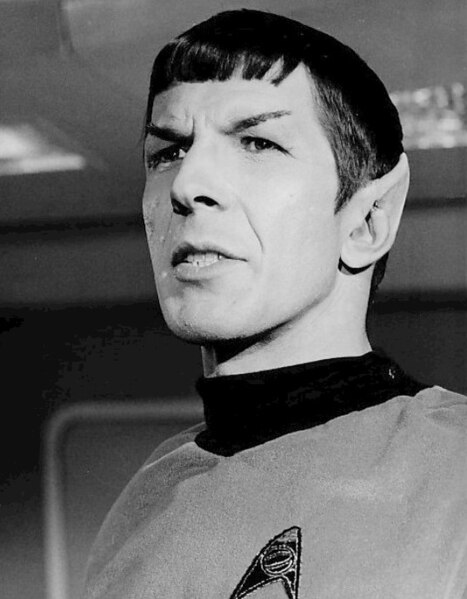Majel Barrett-Roddenberry was an American actress. She was best known for her roles as various characters in the Star Trek franchise: Nurse Christine Chapel, Number One, Lwaxana Troi, and the voice of most onboard computer interfaces throughout the series from 1966 to 2023. She married Star Trek creator Gene Roddenberry in 1969. As his wife and given her relationship with Star Trek—participating in some way in every series during her lifetime—she is sometimes referred to as "the First Lady of Star Trek".
Barrett and son Rod in 2008
Christine Chapel is a fictional character who appears in all three seasons of the American science fiction television series Star Trek: The Original Series, as well as Star Trek: The Animated Series and the films Star Trek: The Motion Picture and Star Trek IV: The Voyage Home. Portrayed by Majel Barrett, she was the ship's nurse on board the Starfleet starship USS Enterprise. A younger version of Chapel appears in the 2022 series Star Trek: Strange New Worlds, portrayed by Jess Bush.
Promotional image of Majel Barrett as Christine Chapel in Star Trek: The Original Series
Chapel's feelings for Spock (pictured) have been both criticized and praised by critics and disliked by some fans.



